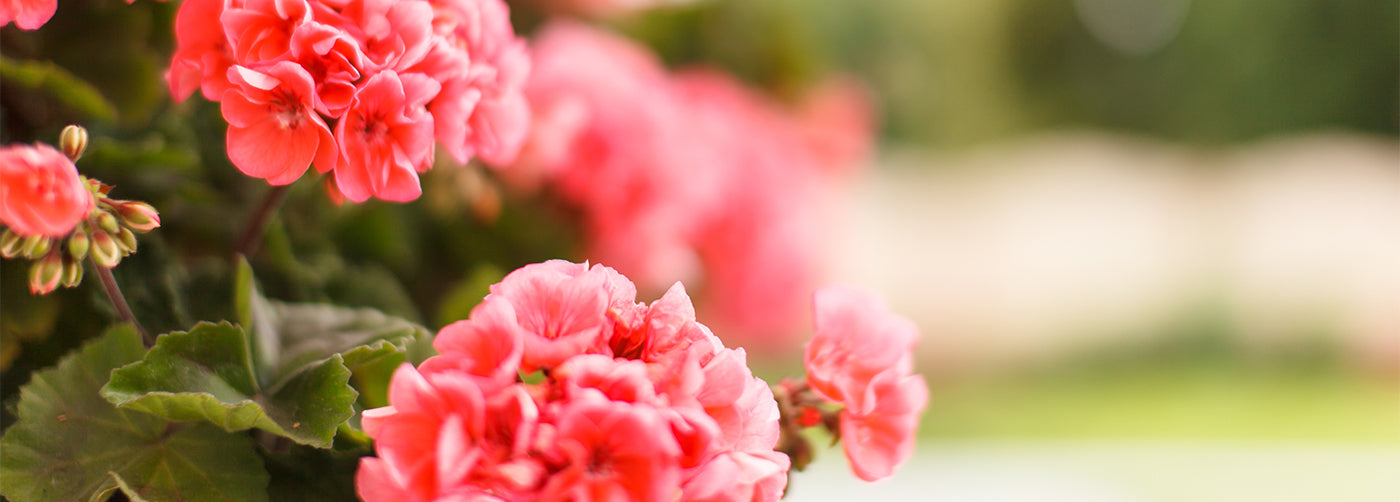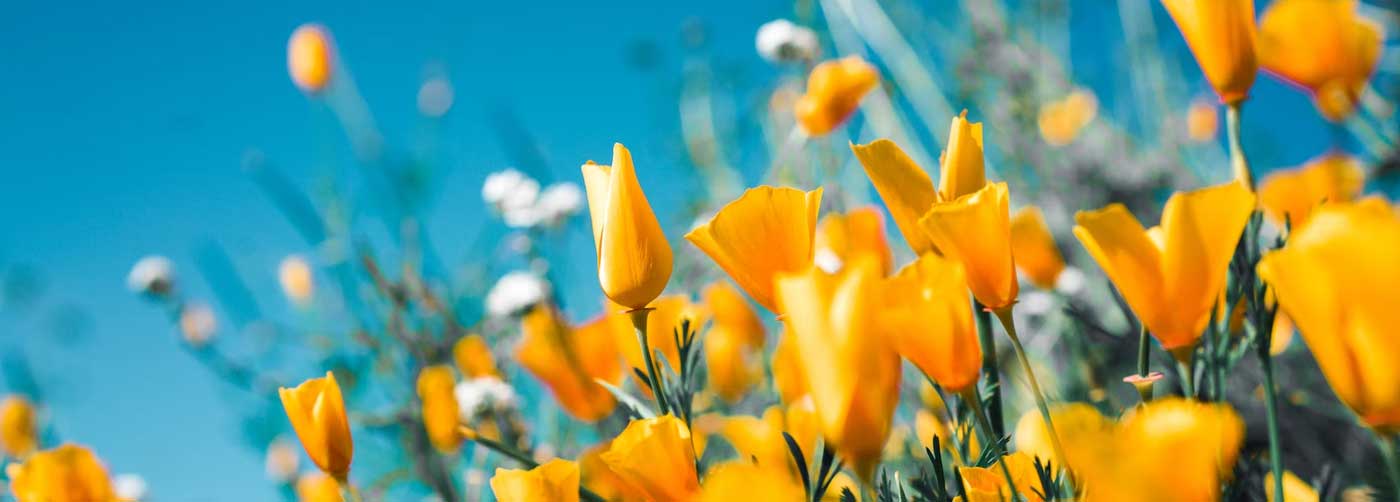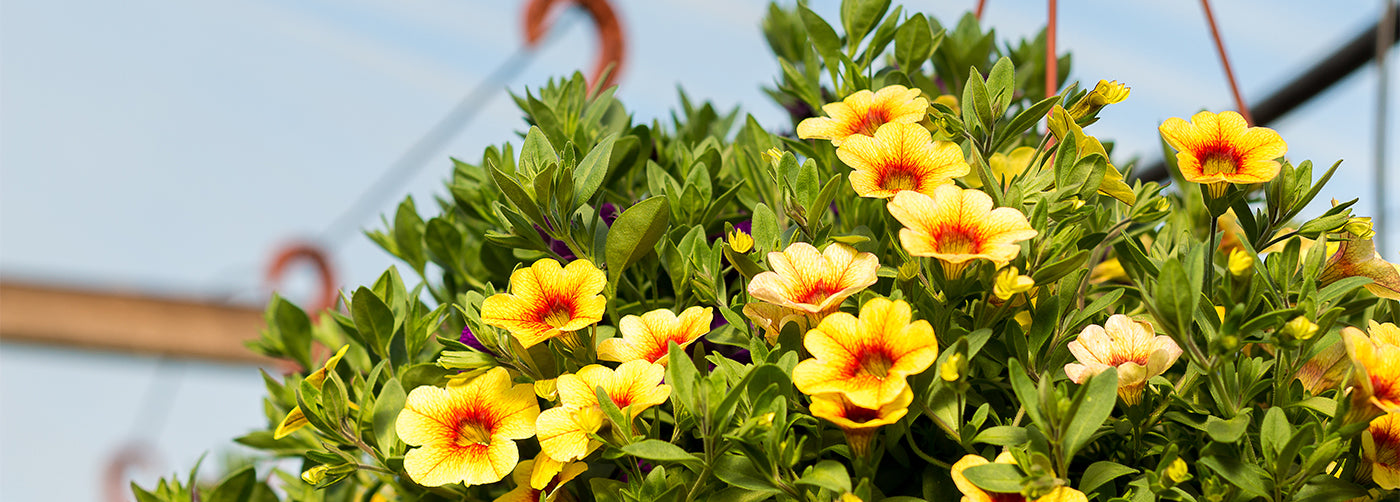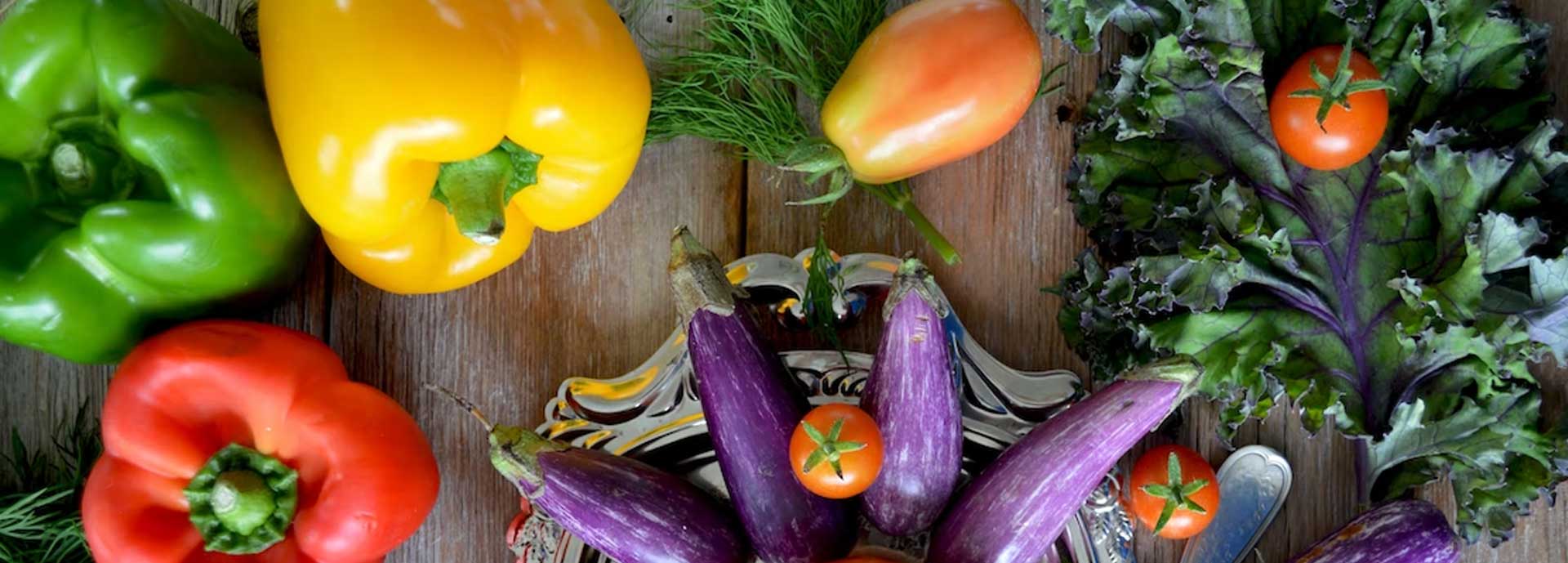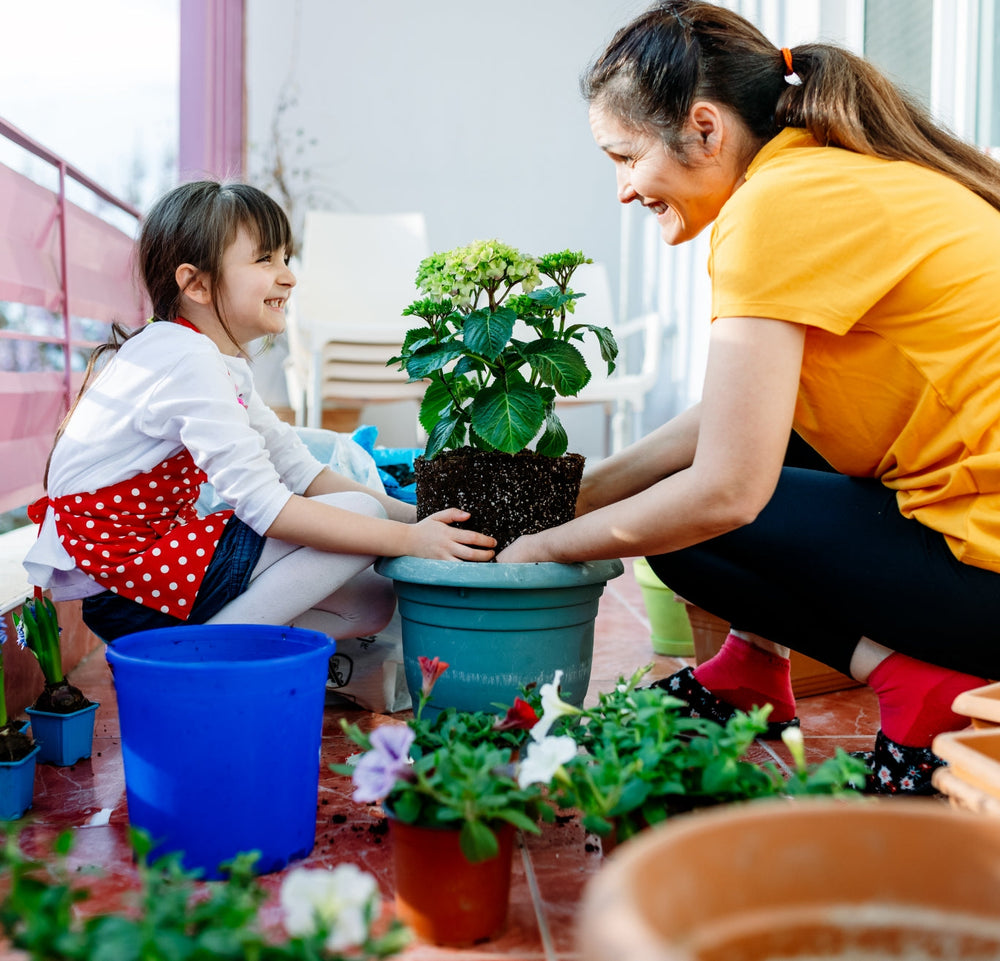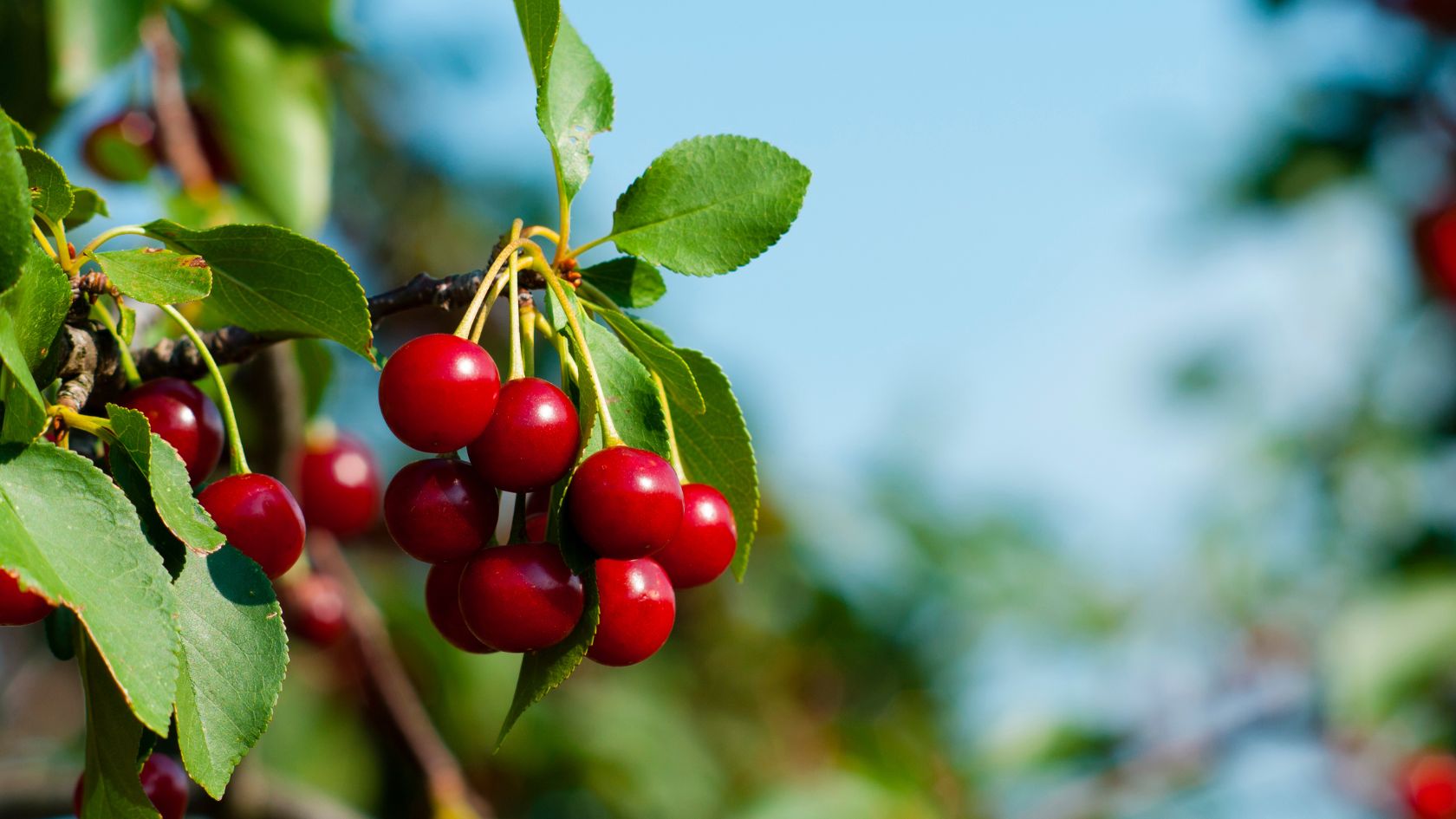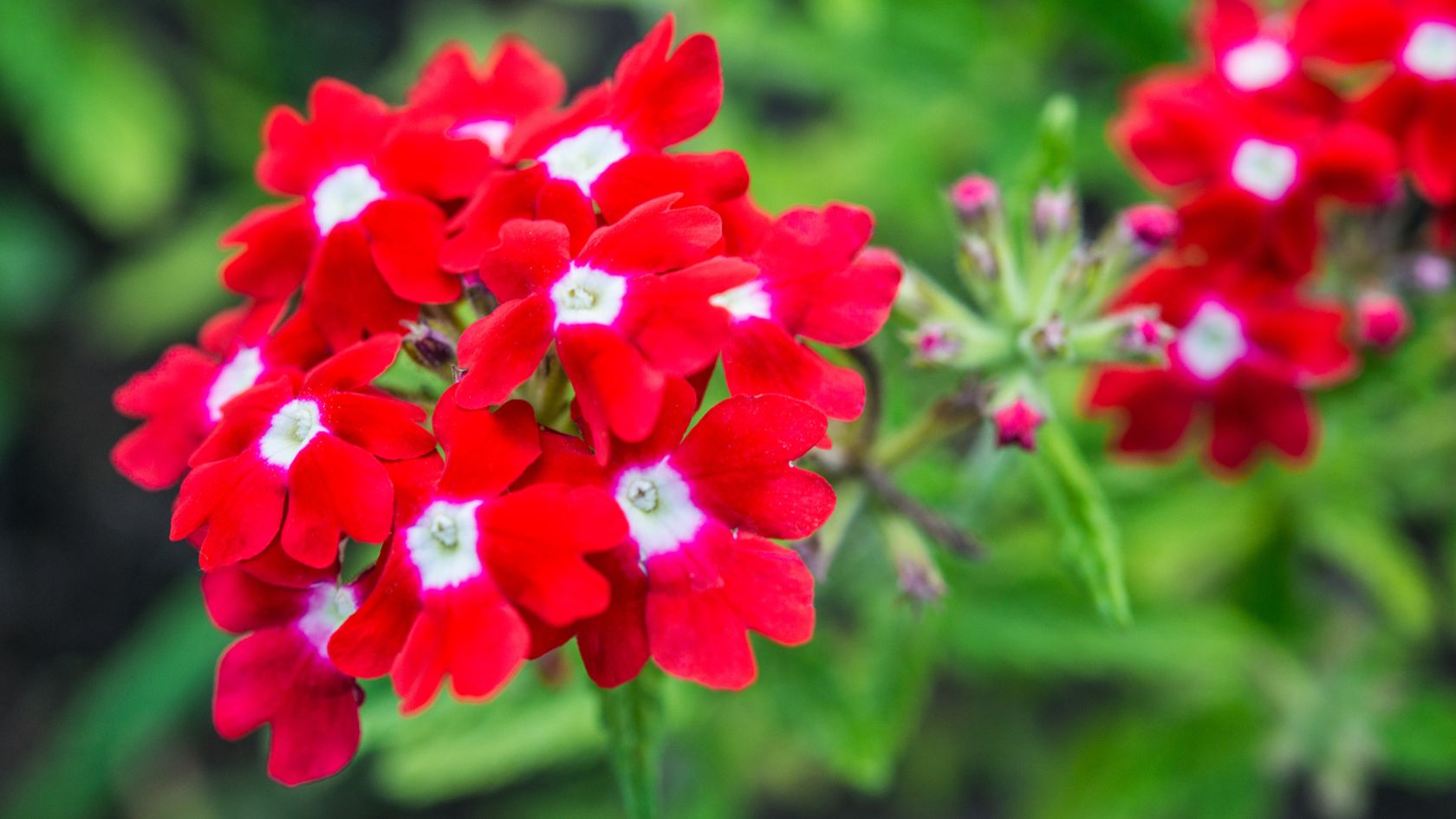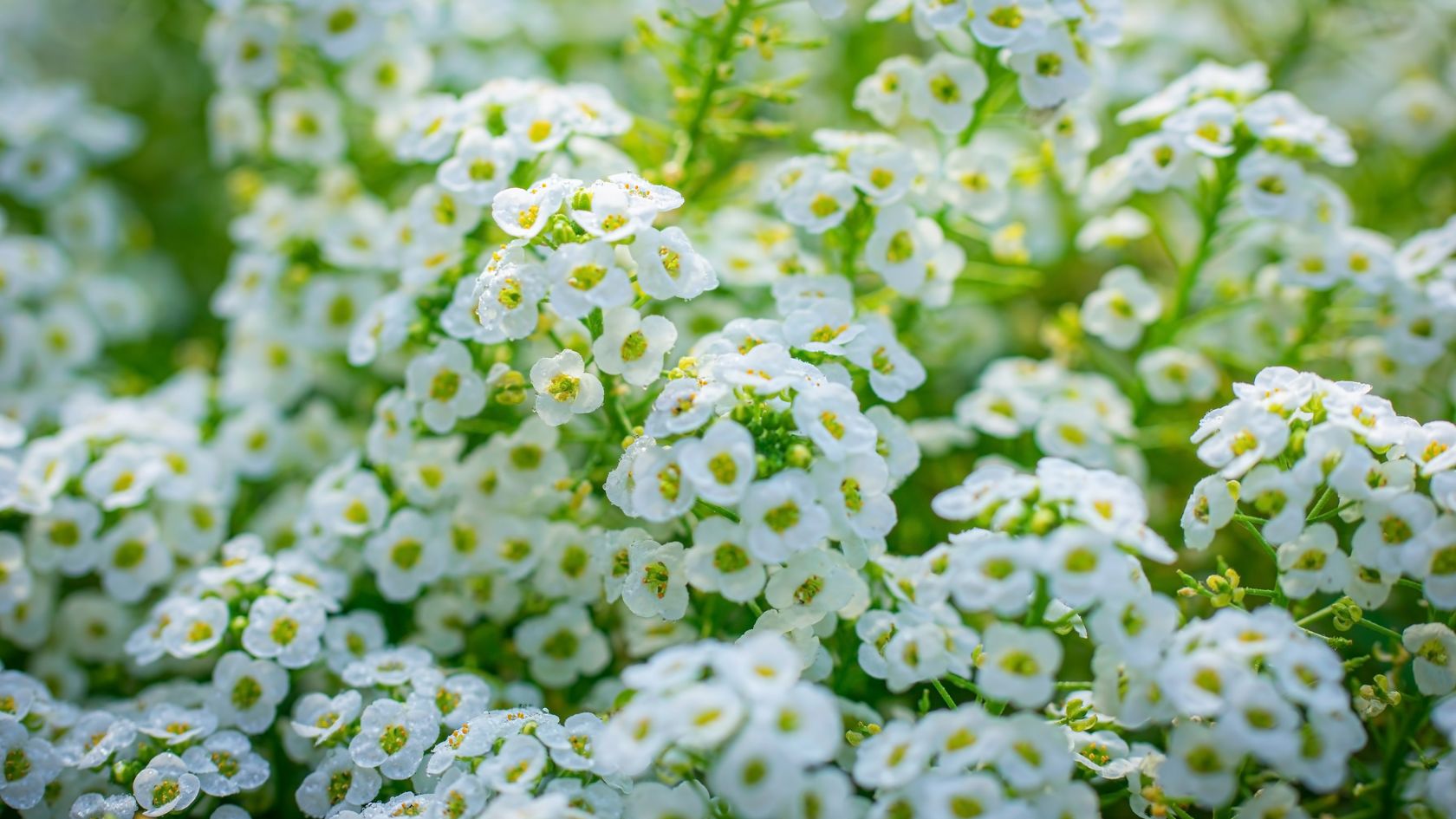If you're an avid gardener or a lover of vibrant flowers, you're likely to have encountered the mesmerizing beauty of Lobelia. With its delicate blossoms and rich hues, Lobelia adds a touch of elegance and charm to any garden or floral arrangement. However, caring for Lobelia requires a certain level of understanding and attention. Lobelia is worth exploring, has captivating features, and provides essential tips to ensure its healthy growth. Get ready to uncover the secrets behind this enchanting flower!
Introducing Lobelia:
Lobelia, scientifically known as Lobelia erinus, is a genus of flowering plants native to South Africa. It belongs to the Campanulaceae family and boasts an impressive array of species, including both annuals and perennials. Lobelia plants typically exhibit lush foliage and produce an abundance of small, delicate flowers in striking colors such as blue, purple, white, and pink.
Lobelia in the Garden:
Lobelia's versatility makes it an excellent choice for gardeners. Its compact size and cascading growth habit make it perfect for borders, rock gardens, hanging baskets, and window boxes. The vibrant hues of Lobelia flowers create eye-catching displays, attracting butterflies, hummingbirds, and other pollinators to your garden.
Ideal Growing Conditions:
To ensure the optimal health and growth of your Lobelia plants, it's crucial to provide them with the right growing conditions. Here are some key factors to consider:
- Sunlight: Lobelia thrives in partial shade to full sun. While it appreciates some protection from scorching afternoon sun in hotter regions, it generally enjoys bright, indirect light.
- Soil: Lobelia prefers well-draining soil with a slightly acidic to neutral pH. Ensure the soil remains consistently moist, but not waterlogged, as excessive moisture can lead to root rot.
- Temperature: Lobelia is a cool-season flower and tends to prefer temperatures between 45°F and 70°F (7°C - 21°C). In warmer regions, it's best to grow Lobelia during the cooler months.
Watering and Fertilizing:
Regular watering is crucial for the health of Lobelia plants. Keep the soil evenly moist, but avoid overwatering, as it can lead to root diseases. Mulching around the base of the plant helps retain moisture and suppress weeds. Applying a balanced liquid fertilizer every two to four weeks during the growing season will encourage healthy foliage and abundant blooms.
Pruning and Deadheading:
To promote continuous flowering, it's essential to remove spent blooms regularly. Deadheading, or the removal of faded flowers, not only keeps your Lobelia looking tidy but also encourages the production of new buds. Additionally, pruning Lobelia by pinching back the stems helps maintain a compact and bushy habit.
Pests and Diseases:
While Lobelia is generally resilient, it may be susceptible to certain pests and diseases. Keep an eye out for aphids, slugs, and snails, which can damage the foliage and flowers. Proper garden hygiene and using organic pest control methods can help mitigate these issues.
Fascinating Facts about Lobelia:
- Medicinal Uses: Some species of Lobelia, such as Lobelia inflata, have a history of medicinal use in traditional herbal remedies. However, it's important to note that these plants should be used with caution and under the guidance of a qualified professional.
- Native American Symbolism: Native American tribes, including the Cherokee and Iroquois, used Lobelia as a ceremonial plant and believed it possessed spiritual and healing properties.
- Attracts Hummingbirds: Lobelia's tubular flowers and bright colors make it a favorite among hummingbirds, which are attracted to their nectar-rich blossoms.
- Royal Horticultural Society (RHS) Award: Several Lobelia varieties have received the prestigious RHS Award of Garden Merit for their exceptional garden performance and beauty.
Lobelia, with its delicate blooms and vibrant colors, brings a touch of enchantment to any garden. By understanding its ideal growing conditions, providing proper care, and appreciating its intriguing facts, you can enjoy the beauty of Lobelia to the fullest. So, embark on this floral adventure, and let Lobelia weave its magic in your garden, captivating both your senses and the local wildlife.


